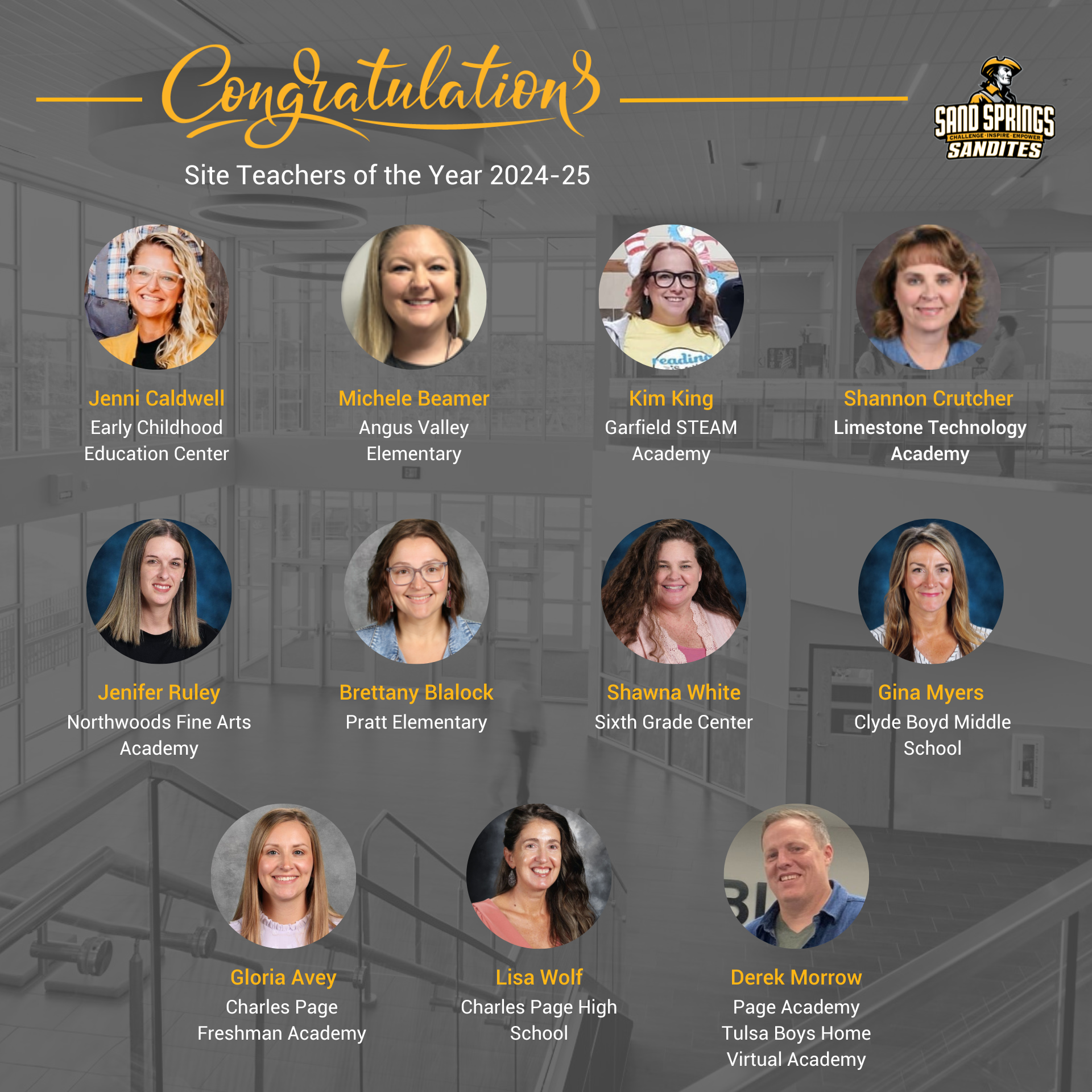OSDE unveils new, stronger school report card system required by federal, state laws
/OKLAHOMA CITY (Dec. 7, 2016) – Responding to new federal and state laws that set requirements for school accountability, the Oklahoma State Department of Education (OSDE) is proposing adoption of a new, stronger and more reliable A-F School Report Card system. The agency’s recommended calculation will be voted on by the State Board of Education at its Dec. 15 meeting before being submitted to the state Legislature and governor for final approval.
The report card calculation is the result of months of collaboration between OSDE staff and a 95-member task force representing educators, parents, students, higher education, Career Tech, business and community leaders, tribal nations, lawmakers and organizations advocating for students with disabilities and English learners (ELs).
State Superintendent of Public Instruction Joy Hofmeister said the proposal fulfills mandates established by the federal Every Student Succeeds Act (ESSA), which replaced No Child Left Behind, and by House Bill 3218, which Gov. Fallin signed into state law earlier this year.
“This accountability system is the culmination of an intensive and collaborative process that benefited from a diverse array of Oklahoma education stakeholders across the state,” Hofmeister said. “The new report card calculation is valid, reliable and meaningful, and it corrects glaring shortcomings of the previous A-F system. I am grateful for the Assessment and Accountability Task Force members who have dedicated their time, expertise and perspective in helping shape what we believe will help guide school improvement and provide families and communities with important information about their schools.”
A group of assessment and accountability experts worked with the task force to draft the final report of recommendations. The team leader was Marianne Perie, Ph.D., of the University of Kansas’ Achievement & Assessment Institute. Notes and full audio of task force meetings are posted on the OSDE website at sde.ok.gov.
The new calculation gives equal weight to student performance in English language arts (ELA) and mathematics as well as student growth in these subjects. Other indicators include English language proficiency assessment (ELPA) progress, graduation rate, postsecondary opportunities and chronic absenteeism, which is defined as missing at least 10 percent of the school year.
The revised report card system is a significant improvement over the state’s prior incarnation.
Copious research has highlighted the link between chronic absenteeism and low academic achievement.
“The relationship between absenteeism and worse outcomes persists among students of all ages,” noted a Brookings Institution report, “Lessons for Broadening School Accountability under the Every Student Succeeds Act,” which was published in October. “As early as kindergarten, school absences lower subsequent achievement levels. Missing school lowers achievement in elementary school and middle school. Chronic absenteeism is also a valuable indicator of whether a student is on track to complete high school.”
More than 16 percent of Oklahoma high school students were absent at least 15 school days in the 2013-2014 school year. That figure was 9.5 percent for elementary school students and nearly 12 percent for middle school students.
Elementary and middle school report card scores will be factored with a 90-point rubric as follows:
- ELA performance – 15 pts.
- Math performance – 15 pts.
- Science performance – 5 pts.
- ELA growth – 15 pts.
- Math growth – 15 pts.
- English language proficiency assessment (ELPA) progress – 15 pts.
- Chronic absenteeism – 10 pts.
Scores will be converted to A-F letter grades:
A > 70
B 57-70.00
C 43-56.99
D 30-42.99
F < 30
While high school grading is similar to that of elementary and middle schools, greater emphasis is placed on college and career readiness. Measuring growth is problematic in the short term given that OSDE is recommending an off-the-shelf college-readiness exam for 11th grade, but the OSDE’s final report details how a growth indicator could be added within several years.
The point structure for high schools is:
- ELA performance – 15 pts.
- Math performance – 15 pts.
- Science performance – 15 pts.
- ELPA progress – 15 pts.
- Graduation rate – 10 pts.
- Chronic absenteeism – 10 pts.
- Postsecondary opportunity – 10 pts.
In addition, a high school can receive an additional point for high participation and proficiency in U.S. History.
Task force members praised the collaborative spirit that informed the accountability process.
“Under Superintendent Hofmeister's leadership, OSDE met the extraordinary challenge of redesigning our state testing and accountability system. They did this while maintaining an open-door policy for educators and community members,” said Tulsa Public Schools Superintendent Dr. Deborah Gist. “The first step is complete, and we already see significant improvements. We will make many more important decisions in the coming months and look forward to continuing our close partnership with Superintendent Hofmeister and her team to ensure that the final product works well for students, educators, and schools.”
Others echoed Gist’s sentiments.
“The accountability system is all about kids, and that’s the only thing I care about. This report card system is vital for parents, communities and schools,” said Tracy McDaniel, principal and founder of KIPP Reach College Preparatory in Oklahoma City. “The data it will provide can better inform people about how their schools are doing as well as giving educators tools to improve.”
“I believe our diverse task force developed an accountability system of indicators and calculations that capture the complexity of public education and remove bias against high-poverty schools,” said Dr. Shirley Simmons, assistant superintendent of educational services for Norman Public Schools. “Focusing on the indicators in the accountability system, rather than the summative grade, will provide educators and parents with reliable and useful information about their schools.”
“This was a terrific collaborative process that brought many voices to the table,” said Brent Bushey, executive director of the Oklahoma Public School Resource Center. “It was a truly impressive effort.”
Under the new report cards, the grade scale is designed to reserve A and F designations for the best and worst schools. Subsequently, the bulk of schools will fall into the B, C and D ranges. This change ensures that resources are focused on the lowest-performing 5 percent of schools, designated as comprehensive support schools. Schools with the lowest achievement for one or more student groups, but not in the lowest 5 percent, will be identified for targeted support.
Federal law requires schools to test at least 95 percent of their student population. Under the new report card system, a school that fails to do so with any student group will receive a “minus” beside its letter grade.
The report cards will also contain other information as required by ESSA, such as per-pupil expenditures, that will not factor into the calculation. The report cards will enable people to dive deeper into data.


















